
Schinia, commonly called flower moths, is a large genus of moths belonging to the family Noctuidae. The genus has a Holarctic distribution with the vast majority of species being found in North America, many with a very restricted range and larval food plant.
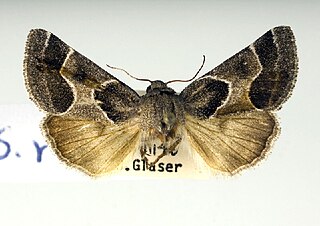
Schinia rivulosa, the ragweed flower moth, is a moth of the family Noctuidae. The species was first described by Achille Guenée in 1852. It is found in North America from Quebec to Florida, west to Arizona, north to Oregon and North Dakota. There is one generation per year.

Schinia arcigera, the arcigera flower moth, is a moth of the family Noctuidae. The species was first described by Achille Guenée in 1852. It is found in North America from Nova Scotia to Florida, west to Arizona and Idaho, north to Saskatchewan.
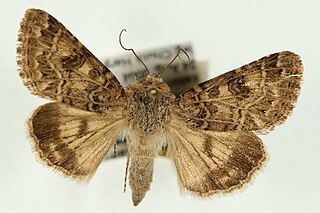
Schinia cupes is a moth of the family Noctuidae. It is found from Texas, west to New Mexico and north to Kansas and Colorado.

Schinia jaguarina, the jaguar flower moth, is a moth of the family Noctuidae. The species was first described by Achille Guenée in 1852. It is found on North America's Great Plains from Saskatchewan and Alberta south to Texas, eastward on coast to Florida and westward in south to Arizona. In Mexico it is found down to Mexico City.
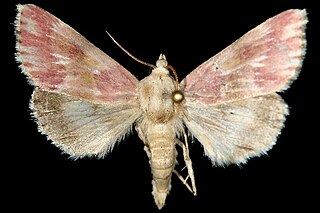
The bleeding flower moth is a moth of the family Noctuidae. It is found from North Carolina to Florida, west to Texas, north to Montana. There is also a disjunct population in Ontario.

Schinia sordida, the sordid flower moth or dingy schinia, is a moth of the family Noctuidae. The species was first described by John B. Smith in 1883. It is found in the United States from North Carolina to central Florida west to Kansas and Texas. It has also been recorded from Alabama.
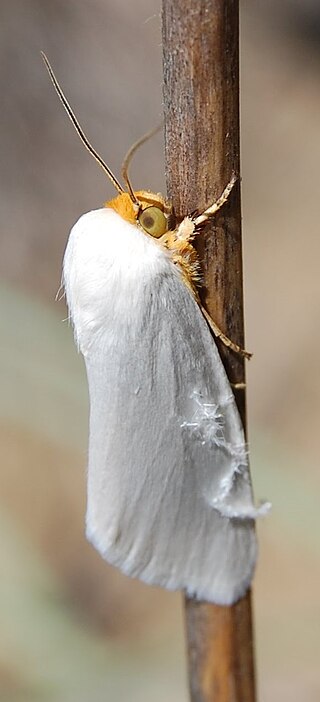
The white flower moth is a moth of the family Noctuidae found in the United States and Canada. It is designated as Endangered under Canada's Species At Risk Act and Manitoba's Endangered Species and Ecosystems Act.

Schinia aurantiaca is a moth of the family Noctuidae. It is found in North America, including California and Arizona.
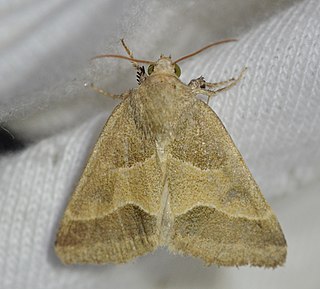
Schinia gracilenta, the slender flower moth or iva flower moth, is a moth of the family Noctuidae. The species was first described by Jacob Hübner in 1818. It is found from the US states of New York to Florida and Nebraska to Arizona. The species is listed as endangered in Connecticut.
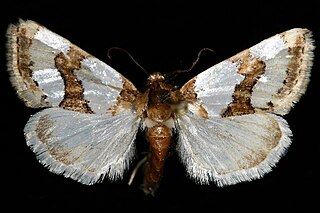
Schinia chrysella is a moth of the family Noctuidae. It is found throughout the central United States south to Monterry, Mexico.
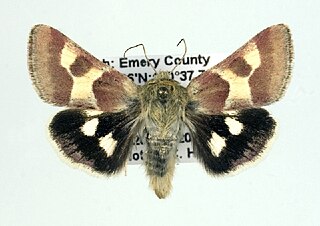
Schinia suetus is a moth of the family Noctuidae first described by Augustus Radcliffe Grote in 1873. It is widespread in the mountains of western North America, from southern Alberta west to British Columbia, south at least to Colorado and California, east to Idaho and New Mexico.

Schinia nundina, the goldenrod flower moth, is a moth of the family Noctuidae. The species was first described by Dru Drury in 1773. It is found in North America from Minnesota to southern Ontario and Nova Scotia, south to central Florida and southern Texas. Records include Arizona, Kansas, Nebraska, New York, Maryland, Oklahoma and South Carolina.
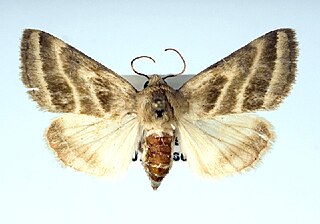
Schinia trifascia, the three-lined flower moth, is a moth of the family Noctuidae. The species was first described by Jacob Hübner in 1818. It is found in North America from Ontario and Massachusetts south to Florida and west to Arizona, Colorado and Wyoming. It has also been reported from Louisiana.

Schinia obscurata, the obscure schinia moth, is a moth of the family Noctuidae. It is found from Ontario and Quebec south into the United States, where it has been recorded from Illinois, New Jersey, South Carolina, Wisconsin, Kansas, Montana, Nebraska, North Dakota, Oklahoma and Texas.
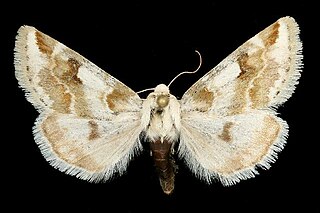
The rabbitbush flower moth is a moth of the family Noctuidae. It is found from central Arizona and New Mexico, north to Colorado, south-western Wyoming and Utah, west to Nevada and California, and north to Oregon, Idaho and Washington.
Schinia rufocostulata is a moth of the family Noctuidae. It is only known from south-western Texas.
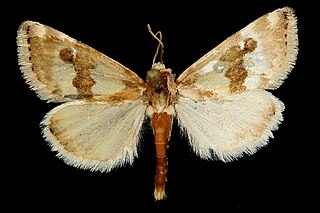
Schinia alencis is a moth of the family Noctuidae. It is found from south-eastern Colorado to south-eastern Arizona east to western Oklahoma, northern Texas to south-western and south-eastern Texas.
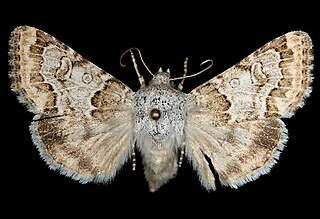
Schinia deserticola is a moth of the family Noctuidae. It is found from southern California to southeastern Arizona and north to west central Utah and southeastern Oregon.

Schinia biundulata is a moth of the family Noctuidae. It is found in western North America, including Arizona, California, Idaho, Nevada, Oregon, Texas and Utah.

















